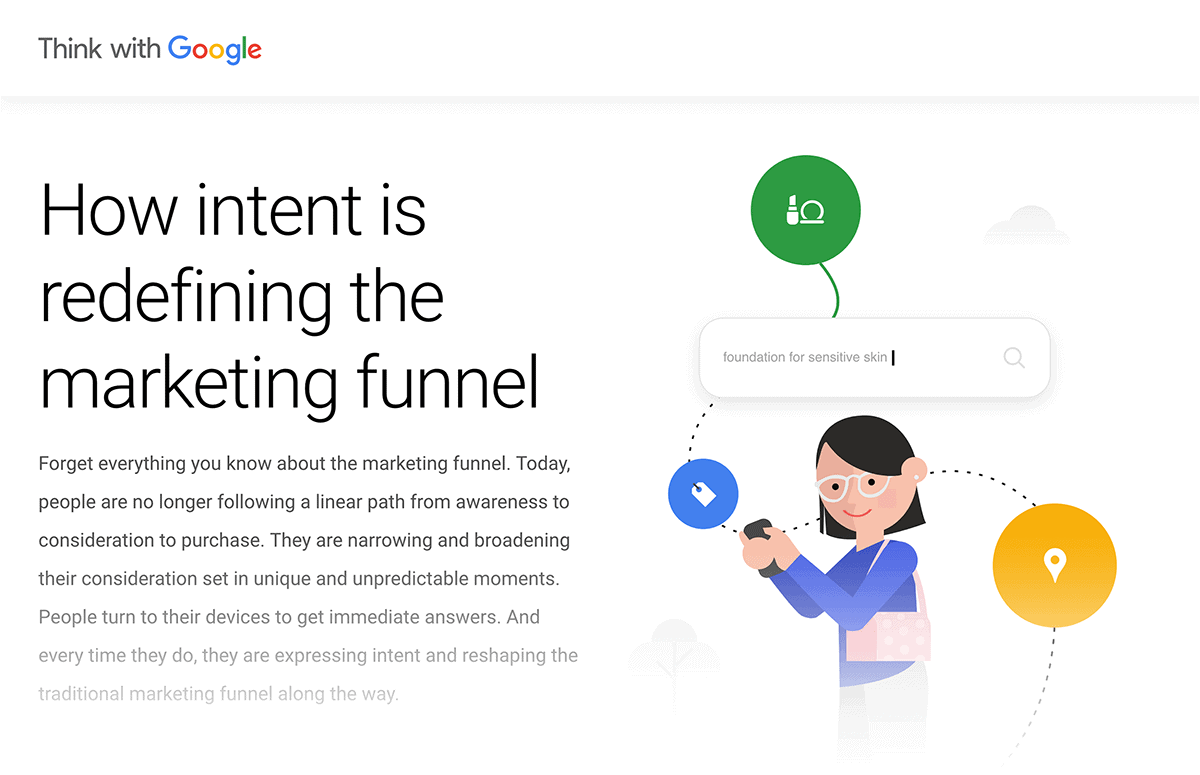News Blast Hub
Stay updated with the latest news and insights.
Search Intent: The GPS for Your Content Strategy
Unlock the secret to driving traffic! Discover how search intent can guide your content strategy like a GPS. Boost your clicks today!
Understanding Search Intent: The Key to Effective Content Creation
Understanding search intent is crucial for creating effective content that resonates with your target audience. Search intent refers to the primary goal a user has when typing a query into a search engine. It can be divided into four main categories: informational, navigational, transactional, and commercial investigation. By recognizing these categories, content creators can tailor their articles, blog posts, and web pages to meet the specific needs of their audience, thereby increasing engagement and improving SEO performance.
To classify search intent effectively, consider utilizing tools such as keyword research software and analytics. You can analyze the keywords people use and the types of results that appear. For instance, if a user searches for 'best pizza restaurants near me,' their intent is likely transactional, indicating they are looking to make a purchase. Conversely, a search for 'how to make pizza at home' displays informational intent, suggesting the user seeks knowledge. By aligning your content with the appropriate intent, you can enhance visibility, attract the right audience, and ultimately drive conversions.

How to Align Your Content Strategy with User Search Intent
Aligning your content strategy with user search intent is essential for driving organic traffic and enhancing user experience. Start by conducting thorough keyword research to understand what your target audience is searching for. Use tools like Google Keyword Planner or SEMrush to identify high-volume keywords and analyze their intent. For instance, users might be looking for informational content, transactional opportunities, or navigational guidance. By categorizing keywords based on intent, you can create tailored content that meets user expectations and improves your website's search engine rankings.
Once you have a clear understanding of user intent, the next step is to create valuable content that addresses those needs. Use headings and subheadings to organize your content logically, making it easier for readers to find the information they seek. Additionally, incorporate a mix of formats, such as blogs, videos, infographics, and podcasts, to cater to different preferences. Don’t forget to optimize on-page SEO elements, including title tags, meta descriptions, and image alt texts, all while keeping the focus on user intent. This alignment not only boosts SEO but also establishes your brand as a trusted source of information.
What is Search Intent and Why Does It Matter for Your SEO?
Search intent refers to the underlying motivation behind a user's search query. It encompasses the reasons why someone performs a search, which can range from seeking information, making a purchase, or finding a specific website. Understanding this intent is crucial because search engines like Google strive to deliver the most relevant results that align with what users are actually looking for. By grasping the different types of search intent—informational, navigational, transactional, and commercial—you can better tailor your content to meet user needs and enhance your website's visibility in search engine results pages (SERPs).
Recognizing the importance of search intent in your SEO strategy can significantly improve your website's performance. When content is aligned with the intent behind searches, it not only satisfies user queries but also increases engagement metrics such as click-through rates (CTR) and dwell time. Prioritizing search intent allows you to create more relevant, high-quality content that resonates with your audience, ultimately leading to higher rankings and improved conversions. In a crowded digital landscape, focusing on search intent is key to standing out and building lasting relationships with your audience.